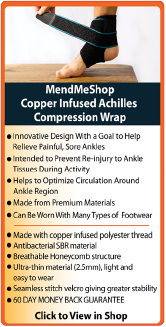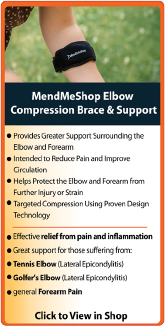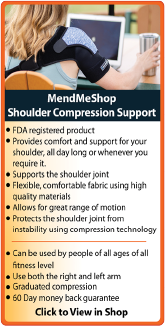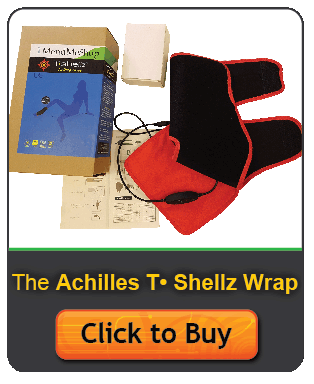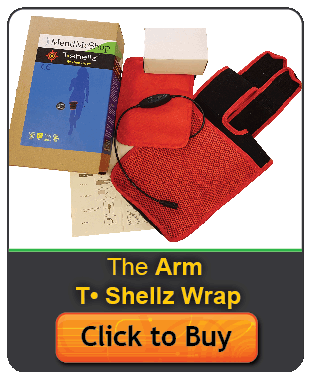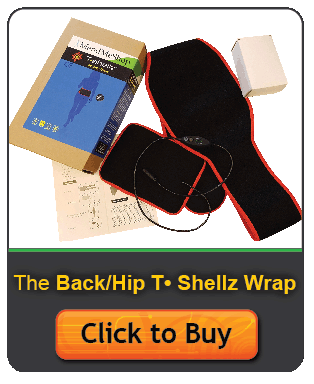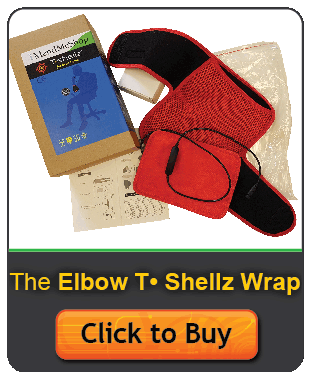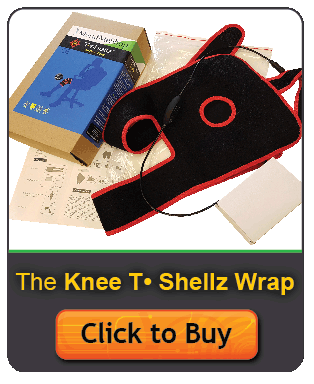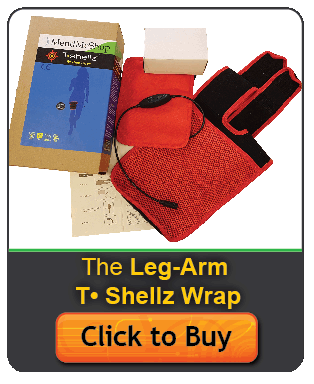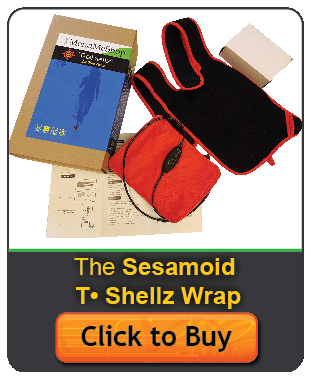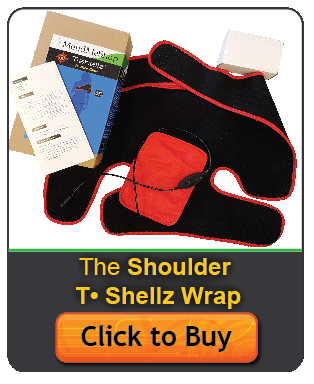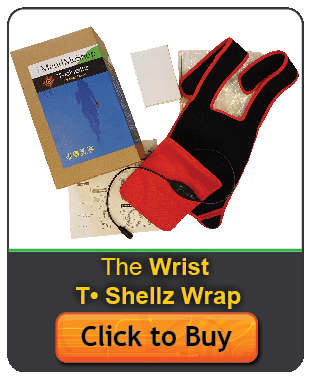|
| Anterior Cruciate Ligament Injury (ACL)ACL Injury Causes and RisksAlthough male athletes make the headlines, women experience ACL tears 7-8 times more frequently than men due to hormonal and anatomical differences. Women tend to have stronger quadricep muscles at the front of the thigh compared to their hamstrings at the back of the thigh. This creates an imbalance that can increase the stress on the ACL when landing a jump. ACL injuries account for more than two-thirds of all knee injuries among skiers and often occur during a fall when the tibia is pushed forward below the femur. Participating in other sports such as volleyball, football, soccer, basketball, and racket sports can also increase your risk of an ACL injury. Once the ACL has been damaged, an individuals risk of developing osteoarthritis (degeneration of the joint cartilage) later in life is 9 times higher. ACL Injury SymptomsMinor ACL tears may go unnoticed immediately but will appear a few hours later with pain and swelling. Even with a slight tear, your knee may feel unstable and your knee may 'give way' with sudden movements. More serious ACL tears or ruptures are accompanied by severe pain and often a popping sound. Swelling in the knee usually gets worse for several hours following an ACL tear, with the most rapid swelling occurring within the first 4 hours. The knee may feel as though something has snapped and walking or bending the knee is usually impossible. Diagnosing ACL InjuriesTo diagnose an ACL tear, the doctor will move the knee in several positions and examine the knee strength and stability. Common exams used to diagnose an ACL injury include:
After a physical exam has been completed, an x-ray may be required to rule out the possibility of a bone fracture. A magnetic resonance imaging (MRI) scan may also be done to determine the extent of the ACL injury and to discover whether the menisci or any other ligaments have been damaged. ACL Injury TreatmentsTreatment differs from case to case depending on the degree of instability in the knee and the patients activity level. Treating an ACL injury with rest, cold, and Circulation Boost will speed healing and improve the function of the knee so you can return to your normal activities. Once the ACL has improved and activities can be resumed, you will first want to build muscle strength around the knee under the guidance of a health professional. In cases of a complete rupture of the ACL, reconstruction/reattachment of the ACL will be required. Using these therapies prior to surgery will reduce further damage and improve the health of the surrounding tissue so the surgery will be less invasive. Generally, the more invasive the surgery, the more scar tissue is introduced into the area. Using the following therapies after surgery will control pain and swelling, reduce tissue damage, speed healing and treat the scar tissue resulting from the healing process. You will have a healthier knee with a greater range of motion than if your reconstructed ACL was left untreated. RestResting the injured knee (meaning don't use it at all!) helps prevent the injury from worsening. Not resting a soft tissue injury is dangerous, as this will increase the risk of re-injury and increased swelling - eventually this will become chronic. The quickest (and safest) way to repair damaged soft tissue at home is to rest and incorporate the use of TShellz Knee Wraps at least twice per day . Cold CompressionUsing cold compression immediately following an ACL tear reduces pain and swelling and reduces the tissue damage that occurs with soft tissue injuries like ligament tears. A Cold Compress or Ice Pack allows you to treat yourself in an effective and convenient way following an ACL tear, if re-injury occurs (which is common due to the instability of the knee), or following surgery if it is required. Cold works by interrupting and slowing nerve and tissue function in the damaged area. This is important because once blood vessels are damaged, they can no longer carry oxygenated blood to the damaged ACL so this tissue begins to break-down. Once the inflammation and swelling of an ACL tear has been alleviated, nourishing and strengthening the ligament tissue is recommended. Using Circulation Boost will speed your recovery and heal your ligament more completely preparing it for leg strengthening exercises. Talk to your doctor or physio (PT) to find out which exercises are appropriate for your situation. Circulation Boost via Use of the Knee TShellz Wrap®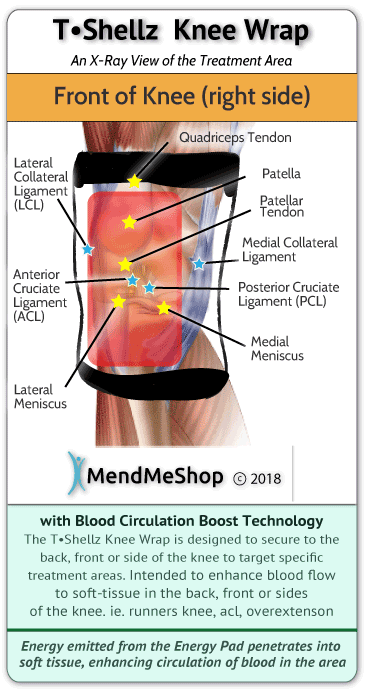 After initial inflammation and swelling has reduced, you can begin to treat your ACL tear with the Knee TShellz Wrap®) - a home medical device that is intended to reduce chronic knee pain, to warm up tissue prior to activity, to relax tense muscles, and ultimately, to speed tissue healing. This wrap increases blood flow in soft tissue. Blood flow transports vital nutrients to injured tissue to promote your body's natural healing process. In addition, the fresh blood flow whisks away dead tissue and toxins that have built up from the injury leaving the area clean and able to heal faster. Using the TShellz Wrap® is truly a unique experience. Within moments of applying a TShellz Wrap® to your knee, you can feel the healing sensation due to the increase in blood flow within the knee. During a treatment, and for quite some time after you finish, soft tissue in your knee will feel gently warmed and more relaxed. It's a very soothing sensation and extremely effective. By treating yourself with a TShellz® Circulatory Boost Wrap you can increase your body's blood supply to the knee and your body's natural healing power. In addition, the fresh blood flow whisks away dead tissue and toxins that have built up from the injury leaving the area clean and able to heal faster. Our Knee TShellz Wrap® provides effective, non-invasive, non-addictive pain relief and enhanced blood flow with no side effects. Continue the healing process by resting your injury. Limit movements that may aggravate your strain and lead to reinjury. Tendon / Muscle related injuries can easily turn from a grade 1 strain into a grade 2 or a grade 2 into a grade 3 injury. During your recovery, you will probably have to modify and/or eliminate any activities that cause pain or discomfort in your knee until your pain and inflammation settle. Taking the time to care for your knee properly will have your knee back to normal faster and allow you to get back to the activities you enjoy. The more diligent you are with your treatment and rehabilitation, the faster you will see successful results! Through use of controlling inflammation with cold and treating the injured area with a Knee TShellz Wrap®, you will notice incredible improvement in your knee. Surgery and RecoveryIf an injured ligament does not strengthen appropriately or an athlete continues to experience the knee giving way, arthroscopic surgery and ligament reconstruction may be necessary. 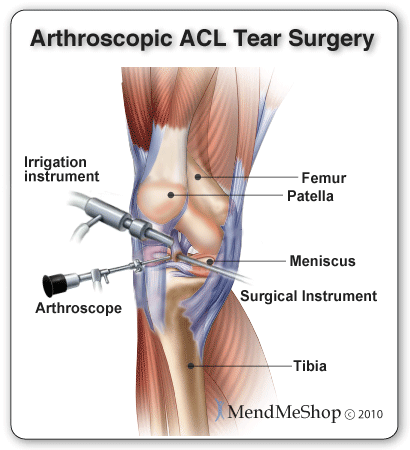 If ACL reconstructive surgery is necessary, remember that proper post-surgery rehabilitation is very important, perhaps even more important than the surgery itself. Activities should set out to promote healing, increase flexibility in the knee and strengthen surrounding muscles. Your PT will probably set up a "passive range of motion" program, and put you in a hinged knee brace for a month or two to prevent hyper-extension or hyper-flexion in the knee. An important point for ACL patients to remember after surgery is that every effort must be made to increase range of motion and flexibility at the knee. Weakness in the knee can usually be eliminated by extra strengthening exercises, but increased stiffness can sometimes be permanent if not corrected by further surgery. Not only will the Knee TShellz Wrap® help reduce the pain and inflammation in your knee, but will help increase the range of motion in your joint, reduce post operative scar tissue and increase flexibility in the surrounding muscles, tendons and ligaments. Ask your PT about these treatments and if it's right for your reconstructed ACL! As with all medical devices, make sure your physician is aware of any treatment plan you decide to take. Post Surgery Scar TissueThe growth of scar tissue and adhesions are a big problem when recovering from most knee surgeries. Scar tissue/adhesions are what cause stiffening in the tendons and muscle, entrapping nerves, restricting movements, and reducing blood flow. Unfortunately, scar tissue does not "just go away". Depending on your activity level, age, and treatment done during your rehabilitation, it may never go away. Scar tissue is a major problem as it will permanently reduce flexibility and vastly increase your risk of re-injury. When dealing with scar tissue it is always important to:
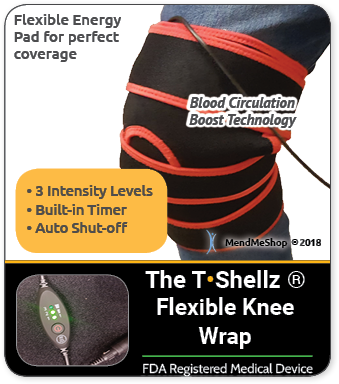 PreventionTo prevent knee injuries it is recommended that you gradually increase the intensity of any exercise or activity when you begin and to be aware of the movement of the knee during activity. No one is immune to an ACL Injury but Using a |
 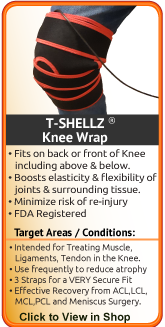  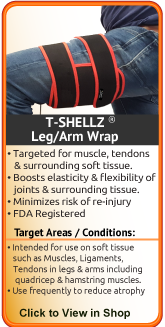    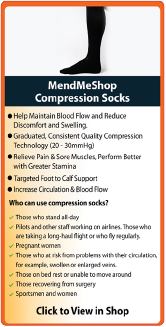 |

